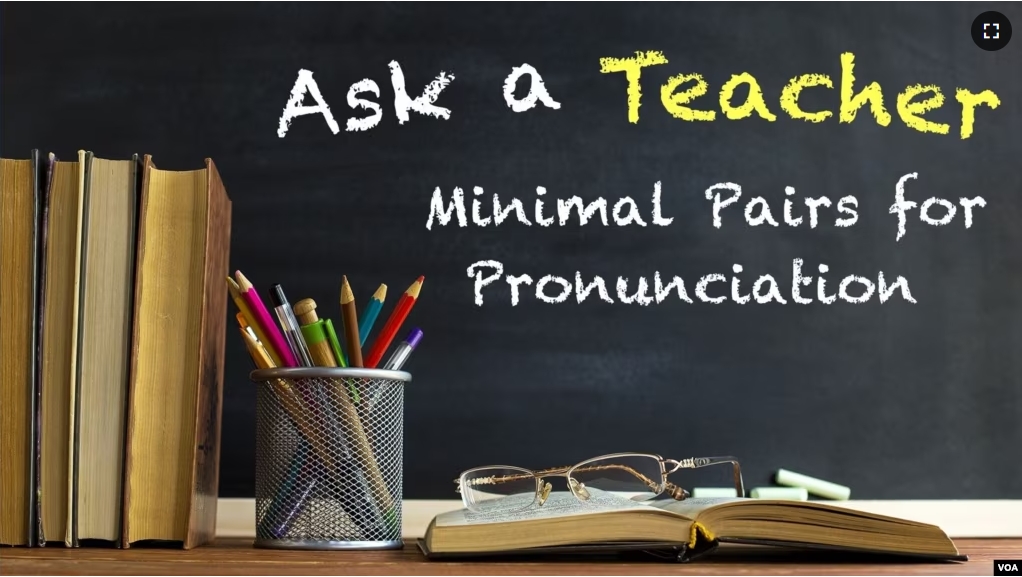This week on Ask a Teacher we answer a question from Doraemon in Japan. Here is Doraemon’s question:
Hi VOA,
For me, as an English learner, words like clash, crash, and crush sound like the same word.
Can you help me to tell one word from others?
Thank you.
I’m happy to answer this question, Doraemon.
When a foreign language contains sounds that do not exist in a person’s native language, it can be difficult for learners to hear those sounds.
The reason you have difficulty hearing the difference between “crash” and “clash” is because the Japanese language does not have the consonant sounds “r” or “l.” And when English speakers are talking quickly, the difference between the sounds of “r” and “l” becomes very small. As a result, those two consonants can sound the same to a native Japanese speaker.
Some vowel sounds can also be difficult to hear or pronounce depending on the vowels a person’s native language has. For example, consider the difference between the following two words:
hit heat
The Spanish language has the vowel sound in the word “heat,” but it does not have the vowel sound in the word “hit.”
As a result, Spanish speakers will sometimes pronounce words like “hit,” “bit,” and “little” with an “ee” sound. For example, the two words “hit” and “heat” will both sound like “heat” when spoken with a Spanish accent.
Train your ears using minimal pairs
You can learn to hear the difference between sounds in a foreign language by careful practice using minimal pairs. Minimal pairs are two words that differ from each other by only one sound.
For example, the two words “hit” and “heat” differ from each other by only one sound.
Here are some tips for using minimal pairs:
Find lists and recordings of minimal pairs through a Google search or on YouTube. For Japanese speakers, find minimal pairs that differ between the sounds of “r” and “l.” Be sure to include minimal pairs that place the two sounds at the beginning, middle, and end of words. Here are examples:
rake lake
correct collect
hair hail
Carefully listen to the pronunciation of the minimal pairs. At first, it might be difficult for you to hear the difference between them. But over time you will start hearing the difference.
Also practice pronouncing these sounds. Learning to pronounce them can help you hear them. To pronounce them, you need to practice putting your tongue in the correct position.
The tongue is a muscle. Just as we can train our muscles to play a sport, we can train our tongue to move to the correct positions for pronouncing a foreign language. This How to Pronounce video from VOA Learning English shows the tongue positions you need to pronounce the letters “r” and “l” correctly.
For our readers and listeners, what are your questions about American English? We want to hear from you! Send us an email at learningenglish@voanews.com. And please let us know where you are from, too.
And that’s Ask a Teacher.
I’m Andrew Smith.
Andrew Smith wrote this lesson for VOA Learning English.
______________________________________________________
Words in This Story
accent – n. a way of speaking typical of a particular group of people and especially of the natives or residents of a region
practice – v. to perform or work at repeatedly so as to become proficient
